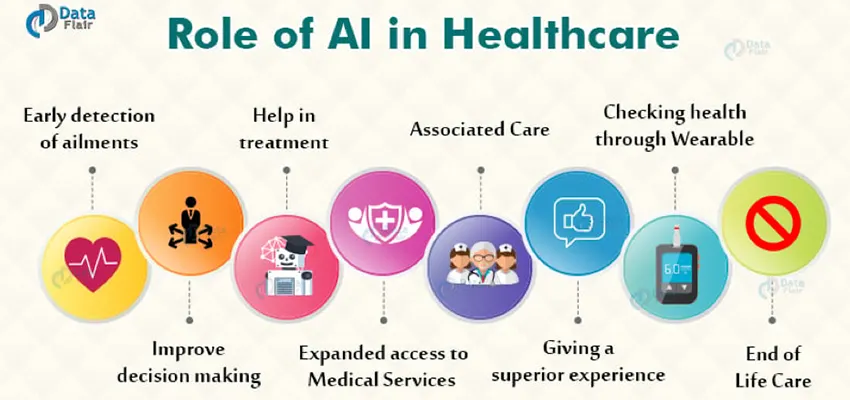Image courtesy: Creator and Credit
You Will Be Surprised to know How AI Early-Warning Systems Could Stop Serious Viral Outbreak Before It Starts
Today’s life is increasingly at risk by emerging infections and diseases.
Detecting the viral outbreaks early is critical in preventing global health crises. Latest artificial intelligence (AI) systems are now offering new tools that are very powerful and designed to detect possible outbreaks before they actually spread.
With the help of integrated diverse data sets (sources) – from AI driven clinical reports and genomic sequencing to wastewater analysis – the early-warning systems can provide unprecedented faster and precise detection of viral threats. With the help of such cutting-edge technologies, a game-changing boost can be seen in public health preparedness and response.
The main concept behind the AI driven early-warning systems based around swift analysis of large-scale, real-time data which will spot the anomalies or patterns that may indicate the emergence of infectious agents. The traditional surveillance methods can lag behind on this or rely on manual data reporting which is time consuming, whereas, the AI algorithms can process large streams of diverse inputs continuously which can recognizing subtle signals that could be the indication of a new or resurging viruses. For example, sudden spikes in hospital visits for related symptoms like respiratory, Gastrointestinal etc. Also, the unusual mutations in viral genomic sequences, or increased viral loads which is detected in wastewater samples can all trigger the alerts for the need of further investigations.
Many research initiatives and pilot projects are actively demonstrating the potential of these systems worldwide. When machine learning is combined with data from electronic health records (EHR), global travel, social media monitoring, and environmental surveillance, all these AI platforms not only detect outbreaks early but may also help in predicting their likely trajectories. This real-time insight (through the AI data analysis) enables health authorities to take the suitable measures faster and implement targeted containment strategies, and potentially save countless lives.
However, deployment of AI early-warning systems comes with many challenges like ensuring data quality and consistency, protecting patient privacy (HER), avoiding false alarms, and addressing algorithmic biases require a verry meticulous approach.
Certain things are very essential to maintain trust and effectiveness like the validation processes must be transparent, the frameworks should be ethical.
A successful early-warning also depends on collaboration across various departments like government, healthcare providers, researchers, and technology companies to share the valid data and expertise.
The AI-powered early detection has enormous implications on global health equity beyond technical and policy hurdles. The promise of making detection tools accessible to low-resource settings, these systems can support timely interventions even in those areas where there are limitations of traditional infrastructure.
As viruses around us, continue to evolve and spread, a global interconnectedness increases, AI early-warning systems can stand as a vital frontier in preventing the pandemic. Investing in this and scaling these technologies globally will certainly transform how the world protects itself from the next viral threat – detecting it early enough to stop it before it starts spreading.

